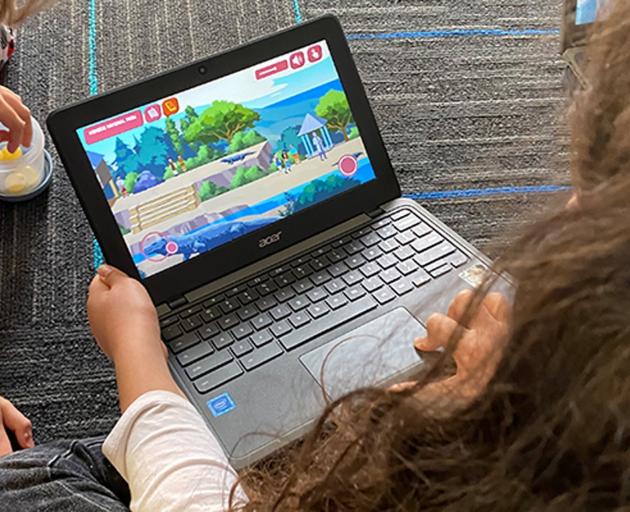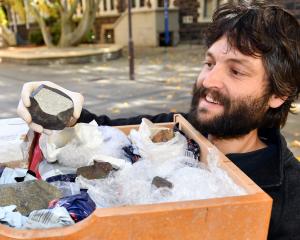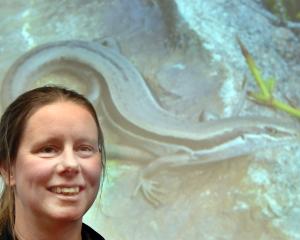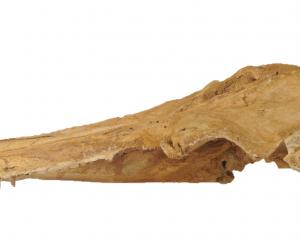
The release of a newly developed digital game is allowing primary and intermediate pupils to explore the Asia-Pacific region, giving them a better understanding of life in other countries.
Aotearoa Explorers was created by the Centres of Asia-Pacific Excellence (Capes) with advice from University of Otago academics, and allows players to explore 30 different virtual locations in New Zealand, China, Japan, South Korea, Mexico, Argentina, Brazil, Indonesia, Vietnam and Singapore.
Capes programme manager Helene Eunson said the free digital resource fitted into the New Zealand curriculum, and was developed when the Covid-19 pandemic disrupted "Building Global Communities", a programme taking international students into schools to talk about their home countries and diverse cultures.
She said the young explorers, in years 5-8, could choose English or te reo Maori, and could customise the avatar to suit their personality.
As they roam the map, the players would encounter "locals" they could interact with, and ask questions about a variety of topics.
"It’s a dialogue and they get to learn more about the culture and history of those locations.
"They have a blank scrapbook, and as they interact with people, it fills up the scrapbook.
"They can also take photos of animals and key landmarks. The pictures then go in the scrapbook as well."
She said the game was based around achievable objectives to give the players a sense of challenge, and at the end of each level, a quiz tests what the children have learned.
"Students are given a fun and educational learning tool that enables them to explore the Asia-Pacific and learn more about the countries, cultures, and unique attributes of north Asia, southeast Asia, and Latin America.
"Our goal is to empower the children to feel ready to interact with the region by sparking interest and giving them the confidence that they have become more familiar with what those countries have to offer."
Teachers said they liked the concept because it ignited pupils’ curiosity and sparked new learning opportunities, online and offline, as well as across curriculum areas.











